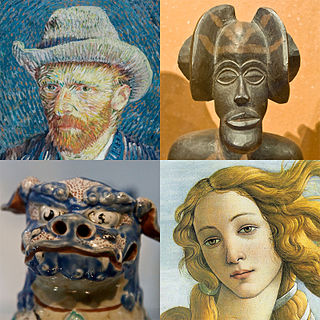
Art is a diverse range of human activity and its resulting product that involves creative or imaginative talent generally expressive of technical proficiency, beauty, emotional power, or conceptual ideas.

Andy Warhol was an American visual artist, film director, producer, and leading figure in the pop art movement. His works explore the relationship between artistic expression, advertising, and celebrity culture that flourished by the 1960s, and span a variety of media, including painting, silkscreening, photography, film, and sculpture. Some of his best-known works include the silkscreen paintings Campbell's Soup Cans (1962) and Marilyn Diptych (1962), the experimental films Empire (1964) and Chelsea Girls (1966), and the multimedia events known as the Exploding Plastic Inevitable (1966–67).
Country is a music genre originating in the Southern and Southwestern United States. First produced in the 1920s, country music primarily focuses on working class Americans and blue-collar American life.
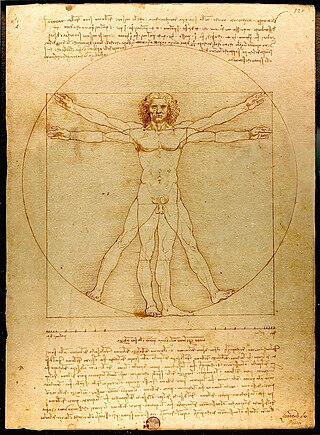
Drawing is a visual art that uses an instrument to mark paper or another two-dimensional surface. The instrument might be pencils, crayons, pens with inks, brushes with paints, or combinations of these, and in more modern times, computer styluses with graphics tablets.
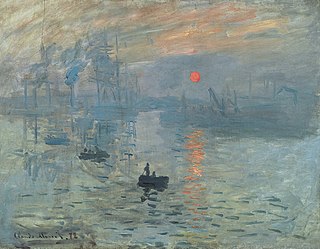
Impressionism was a 19th-century art movement characterized by relatively small, thin, yet visible brush strokes, open composition, emphasis on accurate depiction of light in its changing qualities, ordinary subject matter, unusual visual angles, and inclusion of movement as a crucial element of human perception and experience. Impressionism originated with a group of Paris-based artists whose independent exhibitions brought them to prominence during the 1870s and 1880s.

Michelangelo di Lodovico Buonarroti Simoni, known mononymously as Michelangelo, was an Italian sculptor, painter, architect, and poet of the High Renaissance. Born in the Republic of Florence, his work was inspired by models from classical antiquity and had a lasting influence on Western art. Michelangelo's creative abilities and mastery in a range of artistic arenas define him as an archetypal Renaissance man, along with his rival and elder contemporary, Leonardo da Vinci. Given the sheer volume of surviving correspondence, sketches, and reminiscences, Michelangelo is one of the best-documented artists of the 16th century. He was lauded by contemporary biographers as the most accomplished artist of his era.

Pablo Ruiz Picasso was a Spanish painter, sculptor, printmaker, ceramicist, and theatre designer who spent most of his adult life in France. One of the most influential artists of the 20th century, he is known for co-founding the Cubist movement, the invention of constructed sculpture, the co-invention of collage, and for the wide variety of styles that he helped develop and explore. Among his most famous works are the proto-Cubist Les Demoiselles d'Avignon (1907) and the anti-war painting Guernica (1937), a dramatic portrayal of the bombing of Guernica by German and Italian air forces during the Spanish Civil War.
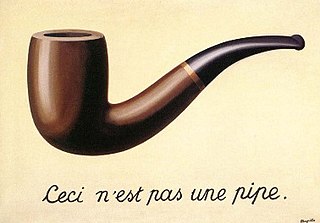
Surrealism is an art and cultural movement that developed in Europe in the aftermath of World War I in which artists aimed to allow the unconscious mind to express itself, often resulting in the depiction of illogical or dreamlike scenes and ideas. Its intention was, according to leader André Breton, to "resolve the previously contradictory conditions of dream and reality into an absolute reality, a super-reality", or surreality. It produced works of painting, writing, theatre, filmmaking, photography, and other media as well.
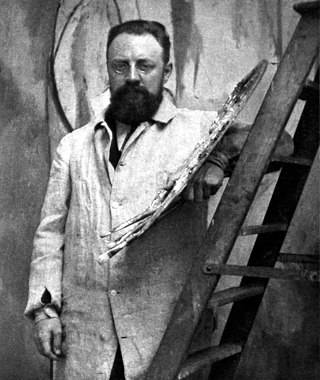
Henri Émile Benoît Matisse was a French visual artist, known for both his use of colour and his fluid and original draughtsmanship. He was a draughtsman, printmaker, and sculptor, but is known primarily as a painter. Matisse is commonly regarded, along with Pablo Picasso, as one of the artists who best helped to define the revolutionary developments in the visual arts throughout the opening decades of the twentieth century, responsible for significant developments in painting and sculpture.

Contemporary art is the art of today, produced in the second half of the 20th century or in the 21st century. Contemporary artists work in a globally influenced, culturally diverse, and technologically advancing world. Their art is a dynamic combination of materials, methods, concepts, and subjects that continue the challenging of boundaries that was already well underway in the 20th century. Diverse and eclectic, contemporary art as a whole is distinguished by the very lack of a uniform, organising principle, ideology, or "-ism". Contemporary art is part of a cultural dialogue that concerns larger contextual frameworks such as personal and cultural identity, family, community, and nationality.

In the arts and in literature, the term avant-garde identifies a genre of art, an experimental work of art, and the experimental artist who created the work of art, which usually is aesthetically innovative, whilst initially being ideologically unacceptable to the artistic establishment of the time. The military metaphor of an advance guard identifies the artists and writers whose innovations in style, form, and subject-matter challenge the artistic and aesthetic validity of the established forms of art and the literary traditions of their time; thus how the artists who created the anti-novel and Surrealism were ahead of their times.

Expressionism is a modernist movement, initially in poetry and painting, originating in Northern Europe around the beginning of the 20th century. Its typical trait is to present the world solely from a subjective perspective, distorting it radically for emotional effect in order to evoke moods or ideas. Expressionist artists have sought to express the meaning of emotional experience rather than physical reality.

Madonna Louise Ciccone is an American singer, songwriter, and actress. Known as the "Queen of Pop", she has been widely recognized for her continual reinvention and versatility in music production, songwriting and visual presentation. Madonna's works, which incorporate social, political, sexual, and religious themes, have generated both controversy and critical acclaim. A prominent cultural pop icon spanning both the 20th and 21st centuries, she remains one of the most "well-documented figures of the modern age", with a broad array of scholarly reviews, literature, and art works about her, as well as an academic mini subdiscipline devoted to her called Madonna studies.

Watercolor or watercolour, also aquarelle, is a painting method in which the paints are made of pigments suspended in a water-based solution. Watercolor refers to both the medium and the resulting artwork. Aquarelles painted with water-soluble colored ink instead of modern water colors are called aquarellum atramento by experts. However, this term has now tended to pass out of use.

Georgia Totto O'Keeffe was an American modernist painter and draftswoman whose career spanned seven decades and whose work remained largely independent of major art movements. Called the "Mother of American modernism", O'Keeffe gained international recognition for her meticulous paintings of natural forms, particularly flowers and desert-inspired landscapes, which were often drawn from and related to places and environments in which she lived.

Bohemianism is a social and cultural movement that has, at its core, a way of life away from society's conventional norms and expectations. The term originates from the French bohème and spread to the English-speaking world. It was used to describe mid-19th-century non-traditional lifestyles, especially of artists, writers, journalists, musicians, and actors in major European cities.
Artists and repertoire is the division of a record label or music publishing company that is responsible for scouting and overseeing the artistic development of recording artists and songwriters. It also acts as a liaison between artists and the record label or publishing company. Every activity involving artists to the point of album release is generally considered under the purview and responsibility of A&R.
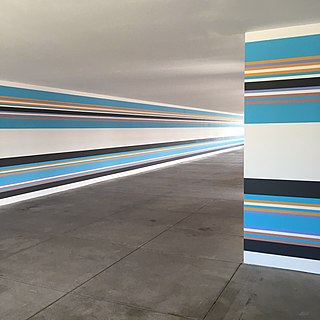
The absence of women from the canon of Western art has been a subject of inquiry and reconsideration since the early 1970s. Linda Nochlin's influential 1971 essay, "Why Have There Been No Great Women Artists?", examined the social and institutional barriers that blocked most women from entering artistic professions throughout history, prompted a new focus on women artists, their art and experiences, and contributed inspiration to the Feminist art movement. Although women artists have been involved in the making of art throughout history, their work, when compared to that of their male counterparts, has been often obfuscated, overlooked and undervalued. The Western canon has historically valued men's work over women's and attached gendered stereotypes to certain media, such as textile or fiber arts, to be primarily associated with women.
Game art design is a subset of game development involving the process of creating the artistic aspects of video games. Video game art design begins in the pre-production phase of creating a video game. Video game artists are visual artists involved from the conception of the game who make rough sketches of the characters, setting, objects, etc. These starting concept designs can also be created by the game designers before the game is moved into actualization. Sometimes, these concept designs are called "programmer art". After the rough sketches are completed and the game is ready to be moved forward, those artists or more artists are brought in to develop graphic designs based on the sketches.
Oliger Jacobaeus (1650-1701), also known as Holger Jacobi, was a Danish physician and naturalist. He was professor of medicine, philosophy, history, and geography at University of Copenhagen.















